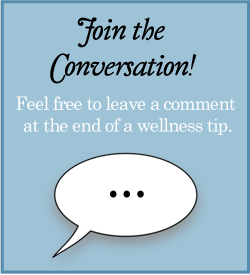 What’s Your Pain Threshold?
What’s Your Pain Threshold?
Pain is a double-edged sword. It can protect us from serious injury by sending nerve impulses to the brain if something hurts. Yet, because pain is often undertreated, especially in women, it may also cause sleepless nights, impaired functioning at home and at work, and emotional distress. Understanding and knowing how to manage the various factors that affect your unique threshold can help performers avoid any unnecessary pain.
Gender. Women are more sensitive to pain than men, although they are equal in their ability to tolerate the same intensity. Two causes of this increased sensitivity appear to be hormones during the various stages of the menstrual cycle and a lower level of beta endorphins—a natural morphine-like pain reliever. Unfortunately, most pain medications were developed on men.
Stress. Life-changing events such as losing a loved one do more than turn your world upside down. They also lower your pain threshold. The same applies to negative emotions, like depression and anxiety. These feelings not only increase the experience of pain but they increase the magnitude in response to pain, creating a vicious cycle.
Individual Differences. Problems such as chronic fatigue syndrome, fibromyalgia, and benign joint hypermobility syndrome are also associated with greater sensitivity to pain. In addition, differences in genes play an important role, including a gene mutation that causes hair color to turn red. In the latter case, this mutation belongs to a group of pain receptors in the brain related to a lower pain threshold.
What Can You Do? Obviously if you are suffering from a physical problem you need to see a doctor for appropriate treatment. For example, pain can be reduced in people with chronic fatigue syndrome using a multidisciplinary approach that involves several different healthcare professionals. It is also crucial to inform your doctor or dentist if you have a low pain threshold, as you may require more local anesthesia. Other factors that reduce pain include getting sufficient sleep and nutrition (e.g., protein) when injured to enhance tissue repair; weight training to offset the gradual age-related loss of muscle mass; mood enhancement with cognitive-behavioral therapy and/or medication; and changing your perception of pain through psychotherapy, yoga, and deep breathing which reduces the production of the chemical epinephrine that increases sensitivity.
While your specific pain threshold is highly complex, insight plus management can make a big difference in the quality of your life. Performers should take special note because their livelihoods depend on functioning at a high level.








